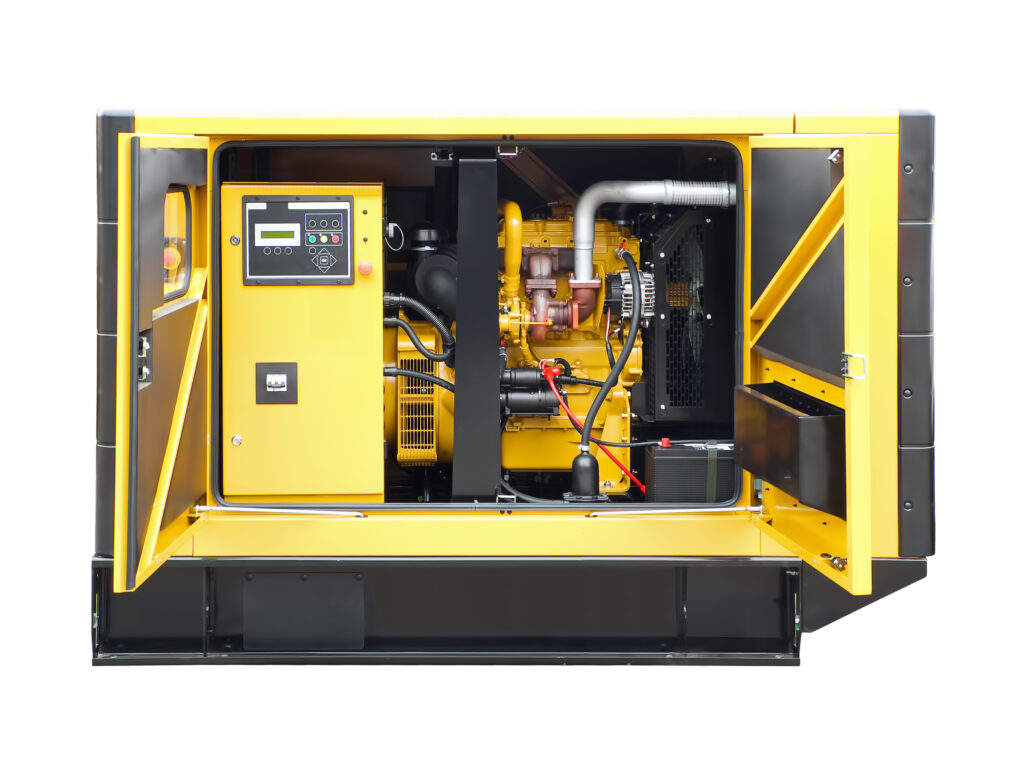Standby generators are an essential tool for businesses and homeowners alike. These generators provide power during a power outage and can keep critical systems and appliances running. Standby generators are designed to turn on automatically when the power goes out and turn off when the power is restored. In this article, we will explore how standby generators work, the different types available, and how they can be used in various settings.
How Standby Generators Work
Standby generators work by using an internal combustion engine to produce electricity. The generator consists of several key components, including the engine, generator head, fuel system, control panel, and automatic transfer switch. When the power goes out, the automatic transfer switch detects the loss of power and signals the generator to start.
The engine is typically fueled by natural gas or propane, although diesel-powered generators are also available. The engine produces rotational energy, which is converted into electrical energy by the generator head. The generator head contains a series of coils that rotate within a magnetic field, producing electrical energy.
The electrical energy produced by the generator is then sent to the control panel, where it is regulated and distributed to the electrical system. The control panel monitors the power usage and ensures that the generator is operating within safe parameters. The control panel also controls the automatic transfer switch, which switches the power source from the utility company to the generator.
Types of Standby Generators
There are several types of standby generators available, each with its unique features and benefits. The three most common types are air-cooled, liquid-cooled, and portable generators.
Air Cooled Generators
Air-cooled generators are typically less expensive and require less maintenance than liquid-cooled generators. These generators are ideal for smaller homes or businesses with lower power needs. Air-cooled generators are also more compact, making them easier to install in tight spaces.
Liquid-Cooled Generators
Liquid-cooled generators are more expensive than air-cooled generators but can produce more power. These generators are designed for larger homes or businesses with higher power needs. Liquid-cooled generators require more maintenance than air-cooled generators but are also more durable and longer-lasting.
Portable Generators
Portable generators are designed to be easily moved from one location to another. These generators are ideal for outdoor events or emergency situations where a temporary power source is needed. Portable generators are available in both air-cooled and liquid-cooled models.
Standby Generators Uses
Standby generators are used in a variety of settings, from residential homes to large commercial buildings. In residential settings, standby generators are used to keep critical systems and appliances running during power outages. These systems may include sump pumps, refrigerators, and medical equipment.
In commercial settings, standby generators are used to keep businesses running during power outages. This may include powering critical systems such as data centers or telecommunications equipment. Standby generators are also used by hospitals and other healthcare facilities to ensure that medical equipment is always operational.
Standby generators are an essential tool for anyone who needs reliable backup power. These generators work by using an internal combustion engine to produce electricity, and they are available in several different types. Standby generators are used in a variety of settings, from residential homes to large commercial buildings, and can keep critical systems and appliances running during power outages. If you are considering purchasing a standby generator, be sure to consult with a backup generator professional in your area to determine the best type and size for your specific needs.


